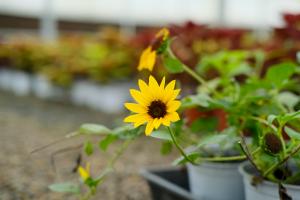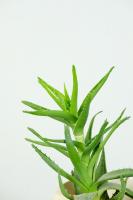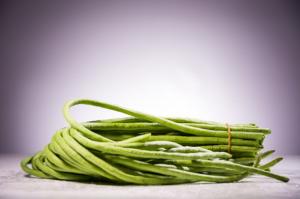Introduction
Indoor plants are a great way to bring some greenery and life to your living space. However, like all other living things, plants require proper care and nourishment to thrive. One of the essential requirements for indoor plants to grow well is the use of plant food. In this article, we will guide you on how to apply plant food to your indoor pots, ensuring your plants get the nutrients they need to stay healthy and vibrant.
Selecting the right plant food
Before purchasing plant food, it is essential to consider the type of indoor plant you have. Different plants require different types of nutrients. Some require more nitrogen, while others need more potassium or phosphorus. Read the label on the plant food to ensure it contains the right balance of nutrients that your indoor plant requires. You can use organic or synthetic plant food depending on your preferences.
Frequency of plant food application
The frequency of plant food application depends on the type of indoor plant and the type of plant food that you use. Generally, most indoor plants require feeding once a month during the growing season, which is typically in spring and summer. During the dormancy period in fall and winter, reduce the frequency to every two to three months. However, some indoor plants may need more or less feeding, so it's essential to check the plant food label for specific instructions.
Applying plant food correctly
To apply plant food to your indoor plants, start by diluting the plant food with water. Follow the instructions on the label to ensure you get the right concentration. Pour the mixture over the soil and make sure it's evenly distributed. Avoid getting the plant food on the plant leaves or stems, as this can burn the plant. To prevent over-feeding your indoor plant, do not apply more than the recommended amount.
Additional tips for plant care
Apart from applying plant food, other factors can affect the health of your indoor plants. Ensure your plants are exposed to adequate light, depending on their requirements. Over/under-watering can also affect the health of your indoor plants, so it's essential to water them appropriately. You can ensure adequate humidity levels by misting the leaves or placing a tray of water near the plant. Lastly, avoid placing your plants in areas with extreme temperature fluctuations, such as close to heating or air conditioning vents.
Conclusion
Applying plant food to your indoor plants is essential to ensure they get the nutrients they need to stay healthy and vibrant. By selecting the right plant food, applying it correctly and providing other proper care tips, your indoor plants will thrive and bring life to your living space. Remember to read the label instructions carefully, as different plants have different requirements for the best results.

 how many times do yo...
how many times do yo... how many planted tre...
how many planted tre... how many pine trees ...
how many pine trees ... how many pecan trees...
how many pecan trees... how many plants comp...
how many plants comp... how many plants can ...
how many plants can ... how many plants and ...
how many plants and ... how many pepper plan...
how many pepper plan...
































